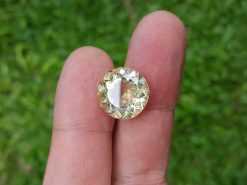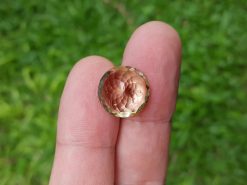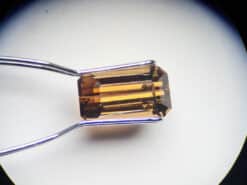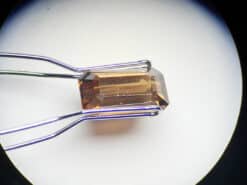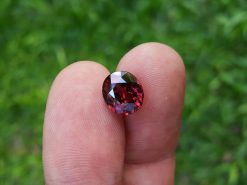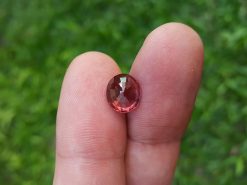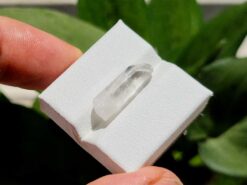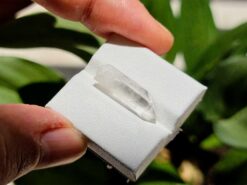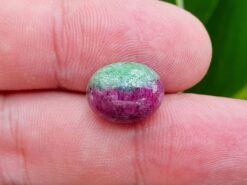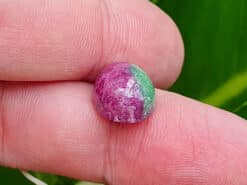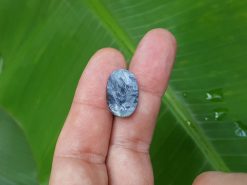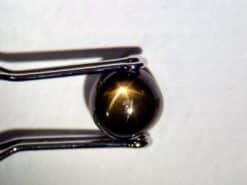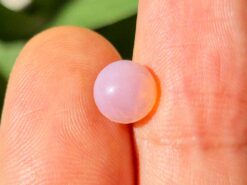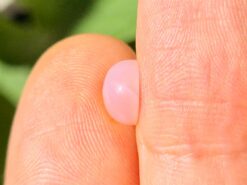Yellow turquoise
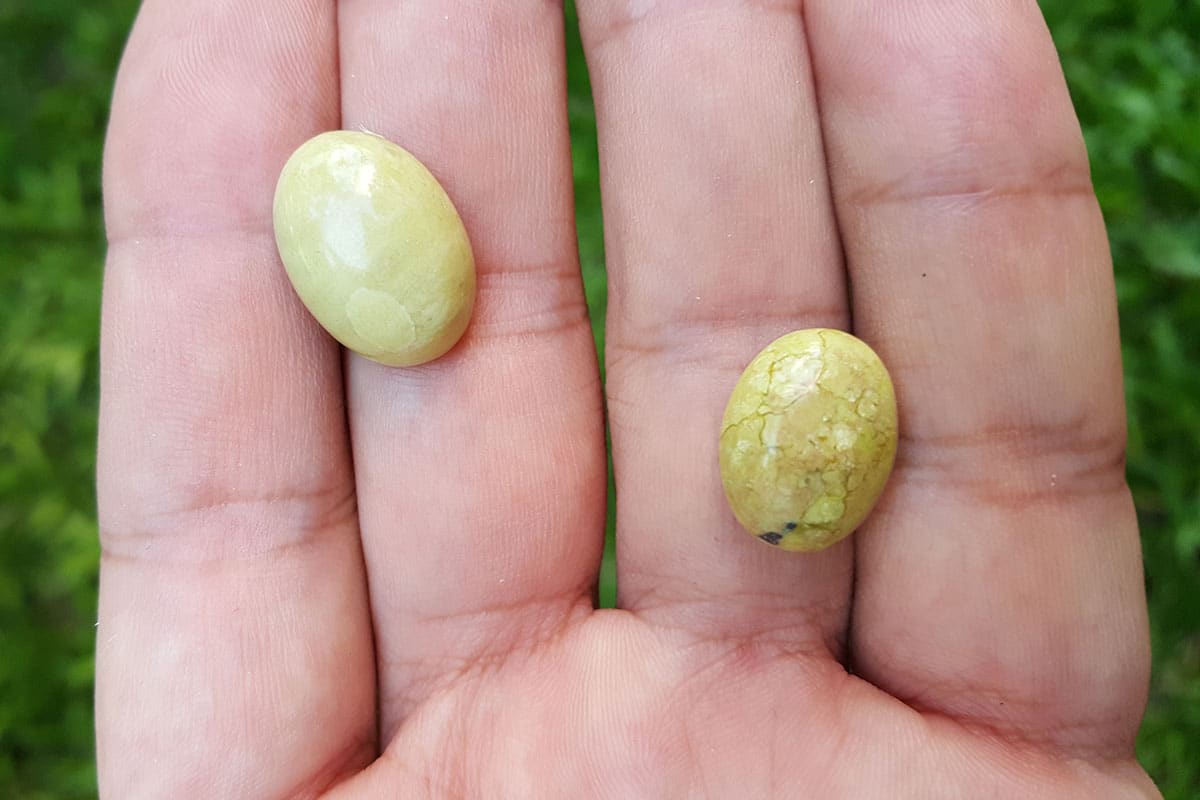
Buy natural gemstones in our shop
Yellow turquoise stone beads is actually a variety of jasper or serpentine, yet it closely resembles classic turquoise in color and pattern. The name “turquoise” in this case can be slightly misleading because it does not share the exact mineral properties of genuine turquoise. Instead, it owes its moniker solely to its striking resemblance to the more famous blue-green gemstone. Despite the difference in composition, many people are drawn to Yellow turquoise for its vibrant hues and unique look.
Turquoise
Before delving further into Yellow turquoise, let’s briefly explore what traditional turquoise is. Turquoise is a mineral species formed of phosphate hydrate of copper and aluminum, with the chemical composition CuAl6(PO4)4(OH)8·4H2O. The name “turquoise” is said to come from “Turkish stone,” as it was introduced to Europe during the time of the Crusades. The stone later gave rise to the color name ‘turquoise,’ which we commonly associate with a distinct shade of blue.
Turquoise’s most recognizable feature is its vivid blue hue, although greenish or yellowish tones sometimes occur. It is semitranslucent to opaque and can display brown, gray, or black veining (often called the matrix). When exposed to certain conditions, turquoise might change from bright blue to a duller shade—a phenomenon sometimes described as the stone “dying” or becoming “extinct.”
The Yellow turquoise material, however, is not a direct variant of this copper-and-aluminum phosphate. Instead, it is a form of jasper or serpentine found in regions such as China. Yet, it remains popular for jewelry and decorative items due to its resemblance to genuine turquoise—particularly in terms of the patterns and matrix-like veining that can appear across its surface.
Yellow turquoise, from China
Yellow turquoise crystal meaning and healing properties benefits
The following section is pseudo scientific and based on cultural beliefs.
Many enthusiasts believe that Yellow turquoise stone beads possess cleansing energies. It is said that they can assist in removing impurities and toxins from the body, strengthening the immune system along the way. Some also claim that Yellow turquoise can improve digestion and provide relief from various digestive issues. Additionally, it has been associated with supporting the functions of vital organs, such as the kidneys, liver, pancreas, spleen, and gallbladder.
FAQ
What are all the different colors of turquoise?
Sky blue is the most commonly desired color. However, turquoise can also occur in blue, bluish green, green, or even yellowish green, sometimes with spider-webbing or matrix patterns in brown, gray, or black.
How is Yellow turquoise different from genuine turquoise?
While genuine turquoise is a phosphate mineral of copper and aluminum, Yellow turquoise stone beads are typically a form of jasper or serpentine. They only share a similar appearance and color patterns but differ in mineral composition.
Where is Yellow turquoise commonly found?
Most Yellow turquoise pieces on the market come from China. Regions with serpentine or jasper deposits often produce this gemstone, which is then cut and polished for beads or cabochons.
How should I care for Yellow turquoise jewelry?
To maintain its polish and protect it from damage, clean your Yellow turquoise stone beads gently with a soft cloth and mild soap solution. Avoid harsh chemicals or ultrasonic cleaners. Store your jewelry separately to prevent scratches.
Is Yellow turquoise suitable for everyday wear?
Yes, Yellow turquoise can be worn daily, but it is always advisable to handle it with care. Since it is a relatively durable material (similar in hardness to other jaspers and serpentines), it can withstand normal day-to-day activities. However, it is still best to remove any gemstone jewelry before engaging in activities that may expose it to hard knocks or abrasive surfaces.

